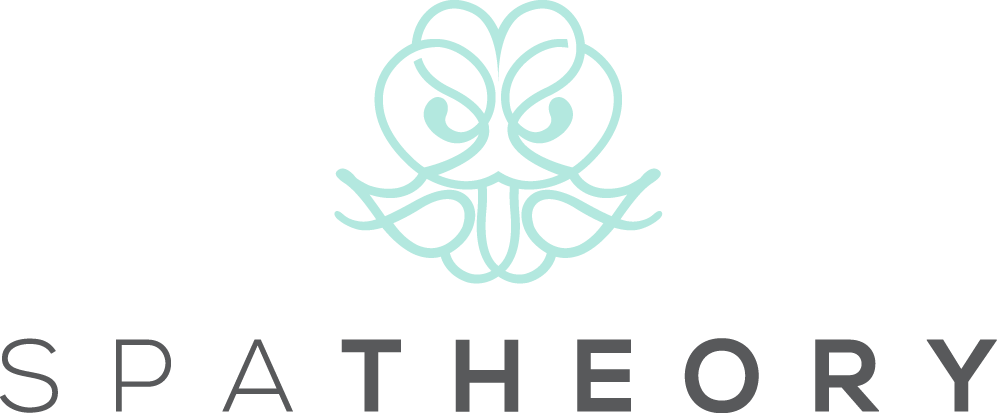Post Surgery Massage: Accelerating Postoperative Recovery
Surgery, whether elective or necessary, can be a significant event in anyone's life. Beyond the operation itself, the recovery process can sometimes be long, painful, or frustrating.
Enter the post surgery massage: an effective, therapeutic technique poised to revolutionize postoperative recovery. With targeted touch and expert manipulation, this modality offers not just comfort, but also a quicker return to normalcy - but how does it work? Let’s take a look.
What is a Post Op Massage?
A post op massage, often referred to as a post surgical massage, is a specialized therapeutic treatment designed specifically for those in the recovery phase following surgery. Unlike traditional massages, which can be holistic in nature, a post op massage zeroes in on the specific region of surgery and its surrounding areas, aiming to alleviate discomfort, reduce swelling, and facilitate healing.
While you can opt for this type of massage in a spa or salon, you can also decide to have your massage at home with our mobile massage services in Miami, FL, where our trained, vetted and high-quality massage therapists will work with you to find a treatment that best suits your needs.
Post op lymphatic massage
One subtype of post op massage that has gained considerable attention is the post op lymphatic massage. The lymphatic system, a network of tissues and organs, plays a pivotal role in eliminating toxins from the body. After surgery, the affected area often experiences a buildup of lymphatic fluid, leading to swelling and discomfort. A post op lymphatic massage is designed to gently stimulate the lymphatic system, aiding in the drainage of this excess fluid and subsequently reducing inflammation and accelerating the healing process.
Moreover, the techniques used in a post surgical massage differ from traditional methods. Given the sensitivity and potential vulnerability of the surgical site, a post op massage therapist employs gentler strokes, careful pressure application, and specific techniques designed to address post-surgical challenges.
Post Op Massage Benefits
Undergoing surgery can be a traumatic event for the body, often introducing a cascade of inflammatory responses, tissue trauma, and sometimes prolonged discomfort. However, incorporating post surgery massage into the recovery protocol can offer a range of benefits:
Reduced Swelling
One of the primary advantages of massage after surgery, especially lymphatic massage, is the reduction of post-surgical edema or swelling. By promoting lymphatic drainage, the body can more efficiently eliminate excess fluid from the surgical site.
Pain Management
The gentle manipulation of tissues around the surgical site can alleviate pain and discomfort. Moreover, massage promotes the release of endorphins, the body's natural painkillers, further enhancing pain relief.
Enhanced Circulation
Improved blood flow is pivotal after surgery; massage can help ensure that oxygen-rich blood reaches healing tissues, fostering quicker tissue repair and reducing the risk of complications.
Scar Tissue Management
While surgical incisions can sometimes lead to the formation of scar tissue, a skilled post op massage therapist can employ techniques that help in breaking down this tissue, resulting in softer, more pliable scars.
Relaxation and Stress Reduction
Beyond the physical benefits, the calming ambiance of a massage session can mitigate post-surgical anxiety, contributing to overall well-being and a positive recovery experience.
When Can I Get a Massage After Surgery?
The decision to integrate post surgery massage into one's recovery regimen raises an essential question: when is it safe to begin? The timing can vary depending on the type of surgery, the individual's health status, and the advice of their medical professionals.
Immediate Postoperative Period
Generally, massage isn't recommended in the initial days following surgery. The body is in an acute healing phase, and the surgical site may be too tender or vulnerable.
Subacute Phase
Typically ranging from a few days to several weeks post-surgery, this phase witnesses a decline in pain and swelling. Gentle lymphatic massages can be introduced during this period, especially if swelling is a concern. It's essential, however, to ensure that the incision site is adequately healed to avoid complications.
Chronic Phase
This phase starts several weeks after surgery and can extend for months. The pain and swelling have substantially decreased, and the risk of complications from massage is minimal. Deeper massage techniques can be introduced to manage scar tissue and improve mobility, always ensuring no discomfort is experienced.
As always, consult with your surgeon or primary care provider before seeking a post op massage. They can provide guidance tailored to your specific surgical procedure and recovery status.
The Bottom Line
The journey to recovery post-surgery can be daunting, filled with discomfort, swelling, and limited mobility. Yet, the therapeutic embrace of a post surgery massage offers a glimmer of comfort and accelerated healing. So whether you're looking to manage post-surgical swelling, alleviate pain, or ensure your scars heal with minimal tissue buildup, a skilled post op massage therapist can be an invaluable ally in your recuperation journey.
FAQs
Can post surgical massage introduce any risks?
Like all therapies, if not done correctly, there can be risks. Always ensure you're working with a certified post op massage therapist who understands the intricacies of post-surgical care.
How often should I get a massage after surgery?
The frequency varies based on individual needs and the type of surgery. Some may benefit from daily lymphatic massages in the early stages, while others might opt for weekly sessions. Consultation with both the therapist and the surgeon is advisable.
Is post op massage covered by insurance?
Coverage varies by provider and plan; while some insurance companies recognize the benefits and might cover it as part of post-surgical rehab, others may not. Always check with your insurance provider beforehand.

